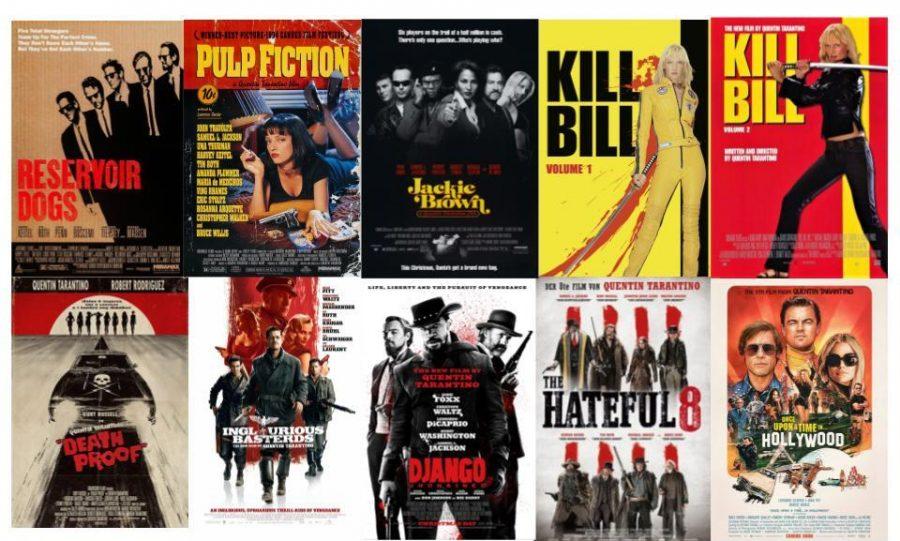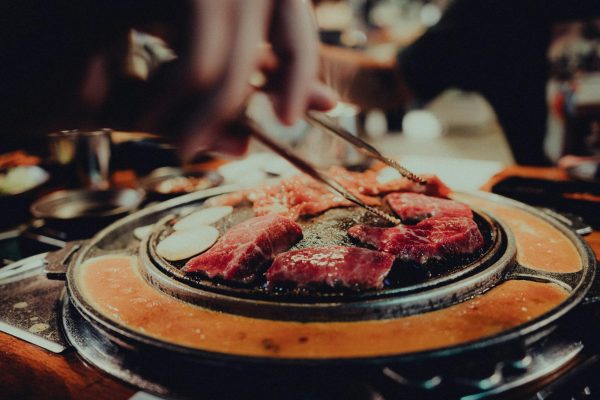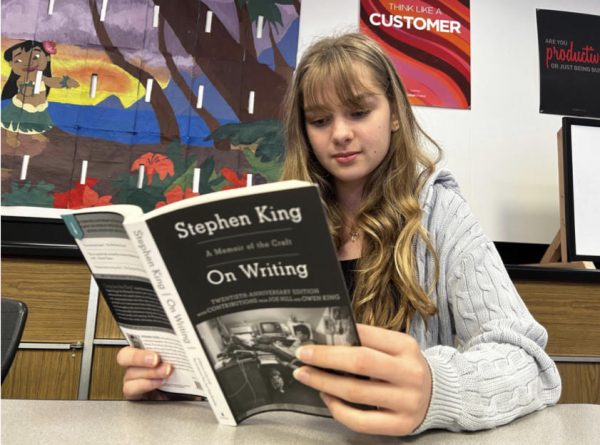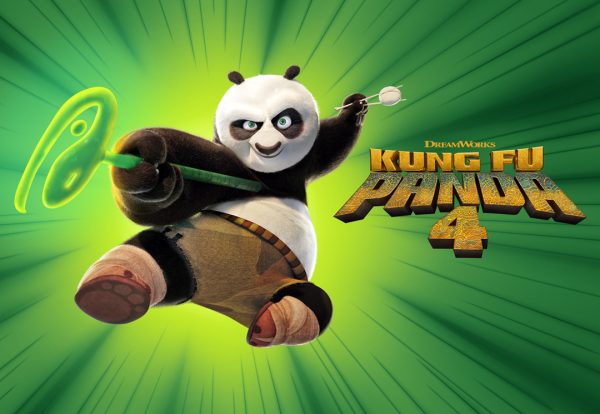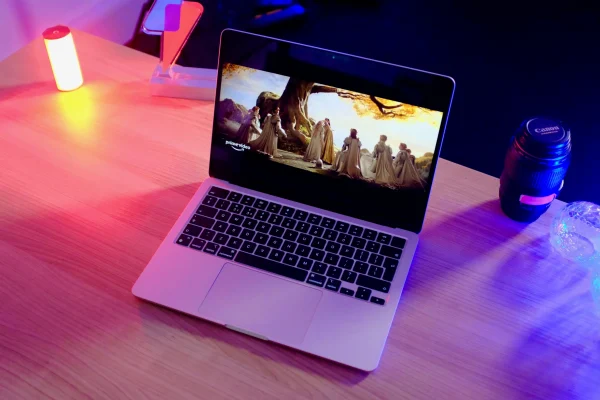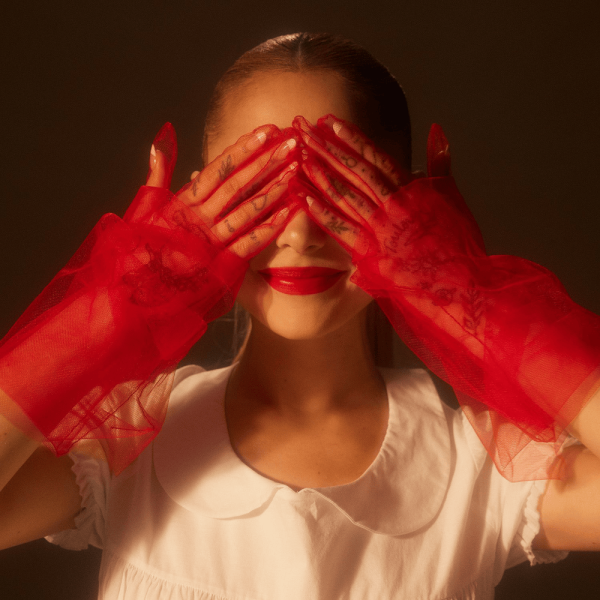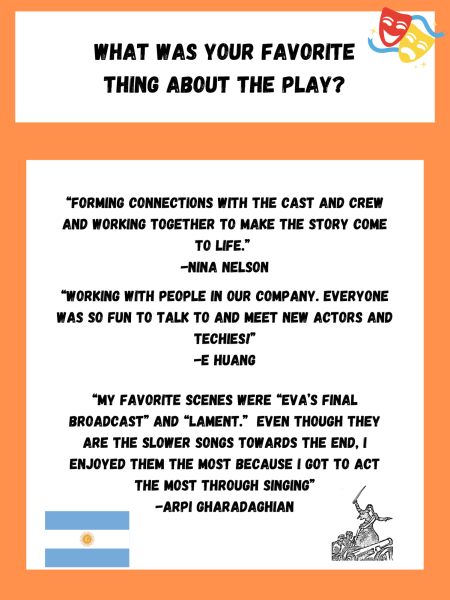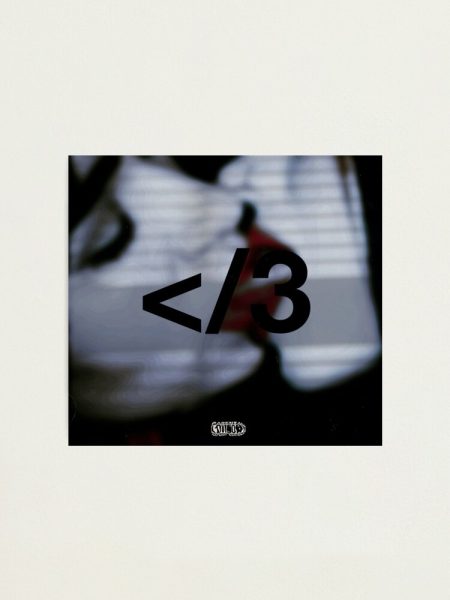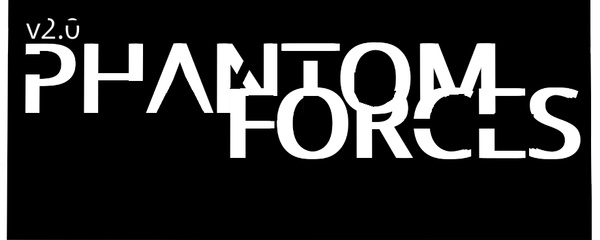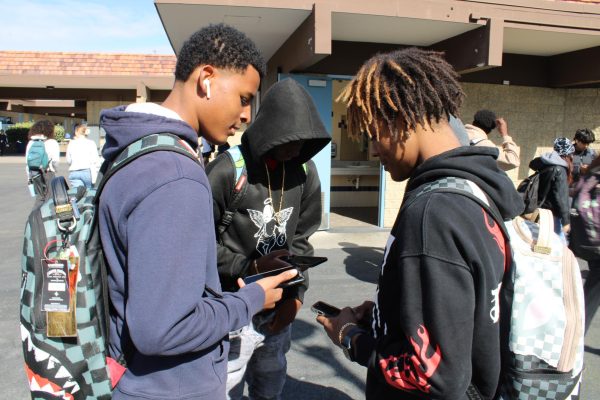A Comparison of Tarantino Movies
October 1, 2020
Throughout all of the film director Quentin Tarantino’s movies, there is a distinct sense of individualism and uniqueness that’s rarely seen in other films. Tarantino is often called a film genius and one of the greatest independent filmmakers of all time. I had always known who he was and enjoyed many of his movies, with Kill Bill: Volume 1 as my favorite movie of all time. I decided that I couldn’t have a deep opinion of him without watching all of his films, so I did. I watched all nine of his movies, as he considers Kill Bill: Volume 1 and Kill Bill: Volume 2 one long movie, within the span of three days. There were some movies I hadn’t even known existed, and I realized just truly how wide-ranging Tarantino’s imagination is. However, in all nine movies, there are some unmistakable commonalities that give Tarantino away.
Tarantino is often praised for his usage of non-linear plot structures, but after the same basic layout in Pulp Fiction, The Hateful Eight, Jackie Brown, and sprinkled consistently through every single other one of his movies, it becomes unremarkable. What draws me to his films the most is the art behind it. For instance, looking at Kill Bill: Volume 1, it’s clear how the artistic direction soared. Kill Bill is arguably the most stylized of all Tarantino movies with an entire animated segment inspired by violent anime movies from the 1980s, while Bruce Lee inspired costumes and influenced martial arts scenes. In fact, the classic Kill Bill yellow jumpsuit is borrowed from Bruce Lee in his film The Game of Death. The combination of the various influences from all over is what makes Tarantino such a powerful filmmaker. His ability to see the connections in things that may seem completely unrelated is the way he stands out from the rest.
Tarantino is also known for his specificity and clear choices. Especially in the movies Django: Unchained and Once Upon a Time in Hollywood, the specificity of the style and aesthetic can be seen throughout all of his films. Once Upon a Time in Hollywood tells the story of an aging actor, who is on a film set at one point. Even the set within the set is so specific in every detail of the fake town, and the costumes are all spot-on, adding to the distinction between the reality of the characters in the movie and the movie within the movie. The complexities of his films only make sense through the specificity of his choices. With Kill Bill, he achieves his nonlinear structure with black and white being the past, and regular color for the present. In Death Proof, the first half of the movie is shot in a way that makes it appear that the film is being played in an old-timey projector theater. All of these choices are a direct reflection of Tarantino’s understanding of his story so well and his ability to not only take on two roles as a director and a writer but also merge those positions to create the most cohesive storytelling experience possible.
In many of his films, specifically Inglourious Basterds, Django: Unchained, The Hateful Eight, and Once Upon a Time in Hollywood, Tarantino warps the past and creates fictional scenarios based on real events. In Inglorious Basterds, an alternate reality based on the events and circumstances of World War II, the events described in the movie are vastly different from reality. The way Tarantino warps what was real and spins it to fit his own story is a hallmark of his style and a recurring trend in his movies. I personally think it’s these movies that are especially well-made because they have the specificity of the time period while being unique and having their own story.
Perhaps the most noticeable and criticized element of all Tarantino movies is his use of graphic violence and language. Someone dies in every single Tarantino movie, and all very originally and creatively. In Death Proof specifically, there is a slow-motion shot of a car crash in which every single person in the car dies horrifically. There are scalpings, shootings, limb choppings, whippings, burnings, poisonings, stabbings, and so much more. Tarantino is known for this aspect of his movies but often gets hate for the unrealistic parts of every act of violence and the unnecessary nature of his constant integration of violence. However, I think these overdramatized elements of graphic violence are crucial to his movies. There are some that do not move the plot forward or have any real significance to the story, but they are stylistic choices that give Tarantino his reputation of being such an individualistic director and filmmaker. They make the movies less entertainment and more art.


